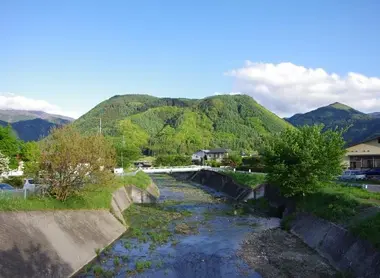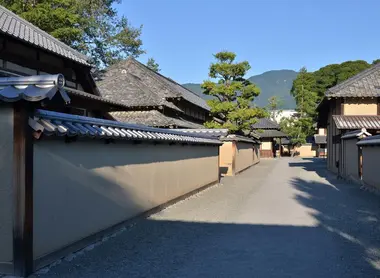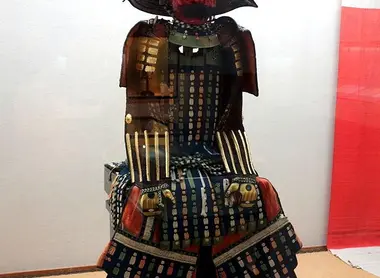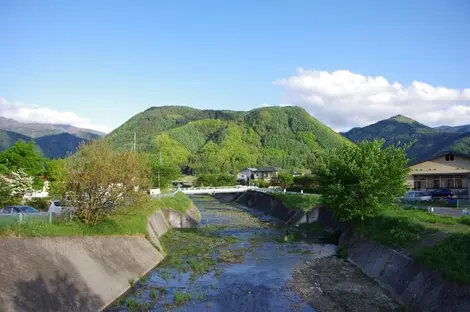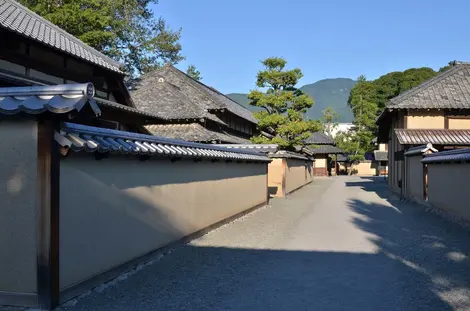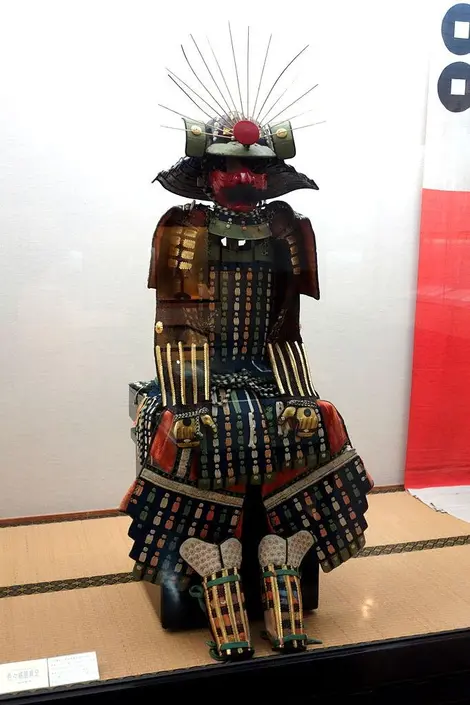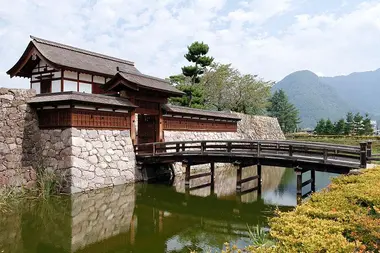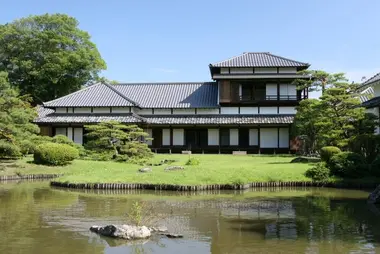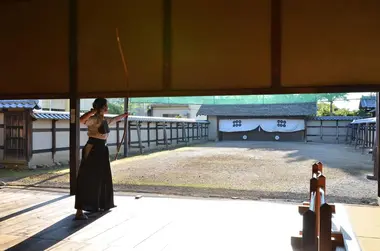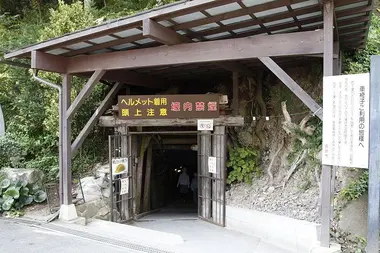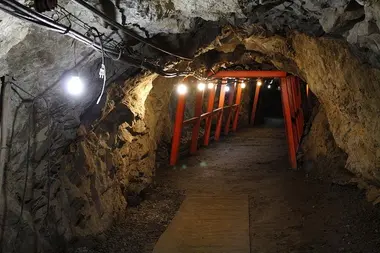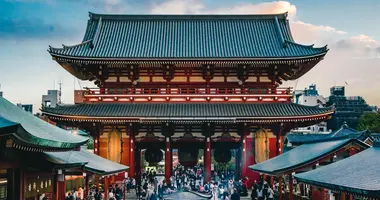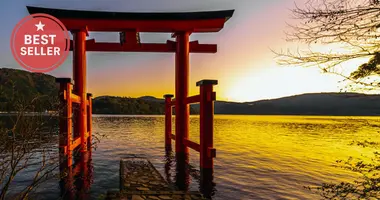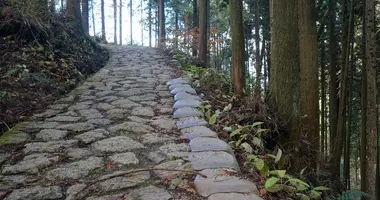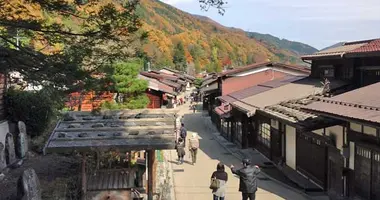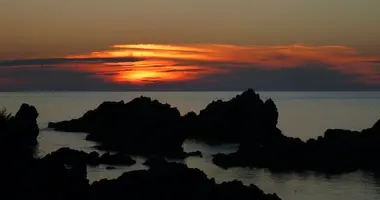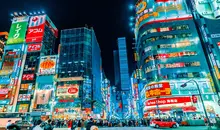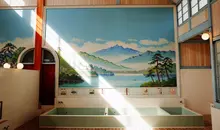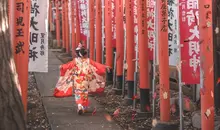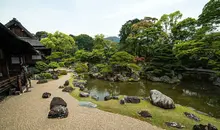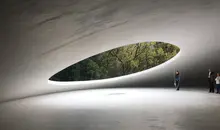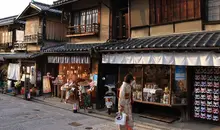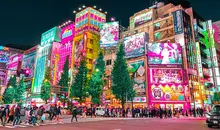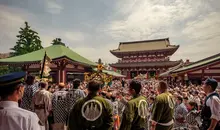The Matsushiro district 松代町
- Published on : 23/07/2018
- by : S.V.
- Youtube
If stones could talk...
The ancient town of Matsushiro is now a peaceful district in southern Nagano where the intriguing atmosphere of the Edo period still lingers. The old stately homes and the 100,000-stone castle are all traces left by the Sanada clan, which ruled the city for 300 years.
The former stronghold of the Sanada
Starting from the old Matsushiro station, a building erected in 1922 that has now been transformed into a tourist information centre, you can walk through Matsushiro; the various points of interest being at a short distance from each other. Let us specify before starting our journey that the city of Matsushiro merged in 1966 with the municipality of Nagano to become one of its districts . However, the name " Matsushiro machi " (city of Matsushiro) still persists in usage.
Set on a natural promontory on the banks of the Chikuma River, Matsushiro Castle has overlooked the city since the end of the 16th century. A dozen generations of Sanada have succeeded in this fortress with 100,000 goku (stones) . This national historic site, damaged in the early 19th century by a fire and restored in 2004, is very popular during the hanami period. It also attracts a good number of curious people during the Sanada jumangoku festival which is held every year at the beginning of October within its walls. During the latter, the parade brings together more than 250 people in costumes marching through the streets of the district. Taiko performances, dances and artillery demonstrations are also on the program for each edition.
A family's heritage
Not far from the castle, the Sanada Treasure Museum displays an impressive collection of 2,000 items on the history of Matsushiro. Armor, records, weapons, lacquerware, ceramics and artwork are mostly donated by the Sanada family. At the end of the visit, it is possible to put on the armor provided. An unusual opportunity to immortalize yourself as a samurai! Founded in 1547, Chokokuji Temple houses the tombs of the clan lords. Its roof bears the emblem of the Sanada as decoration; the rokumonsen (six openwork coins entrusted to the dead to pay for crossing the river of death).
The brave warriors of the Sanada clan adopted this motif to signify to their enemies that they had no fear of death and were ready to die in battle. Among the graves, the mausoleum of Nobuyuki Sanada (1566 - 1658), the first lord of the Matsushiro domain is the most richly decorated. The gold leaf paintings of the coffered ceiling by Kano border on wonder.
Several stately residences , built in the 19th century, have been preserved and are scattered throughout Matsushiro. Among these, the Sanada Residence , erected in 1864 for the ninth lord of the domain, Yukinori Sanada, served as the family's private residence until 1966. The house is furnished with century-old objects and has a charming garden traditional. Another cultural asset of Matsushiro is the former Yokota residence (Sanada clan steward family). The 3,300 m 2 thatched-roof house is a precious testimony to the lifestyle led by the estate's middle class. As for the Teramachi Shoka , it was the home of a wealthy city merchant in the Edo period (1603-1868). The opening in 1855 of the school of literary and military arts, Bunbu Gakko , demonstrates the clan's involvement in education. This military academy provided children of samurai in the field with courses in literature, martial arts, military tactics and medicine.
See also: Aizu Samurai Residence
A secret military base
The Matsushiro satoyama area where Mt. Minakami, Mt. Zozan, and Mt. Maizuruyama are located is the perfect place for hiking . You can access the Minakami jinja at the top of M ont Minakami , literally the mountain of "all gods", without any difficulty. Matsushiro's three peaks are particularly famous for housing the Matsushiro Daihonei , a 10 km underground refuge dug between November 11, 1944 and August 15, 1945. This series of tunnels, which remained unfinished, were to serve as Imperial headquarters during decisive battles of the end of World War II.
The project is thus carried out in the greatest secrecy and very quickly, using the forced mobilization of Japanese and Koreans. To fulfill its function as a strategic and operational center , the place is equipped with telephone facilities for military communications and hosts a residence and a sanctuary for the imperial family . Opened to the public in 1989, this underground refuge is accessible for 500 meters. At the entrance, a museum documents its construction and honors the memory of the forced laborers who disappeared. Matsushiro is therefore also a high place in contemporary Japanese history.
See also: The Japanese Alps
Address, timetable & access
Address
Phone
Centre d'informations touristiques : 026-278-2801Timetable
Take a local bus from bus platform No. 3 at Nagano Station (20 to 30 min)Website
http://www.sanadahoumotsukan.com/
